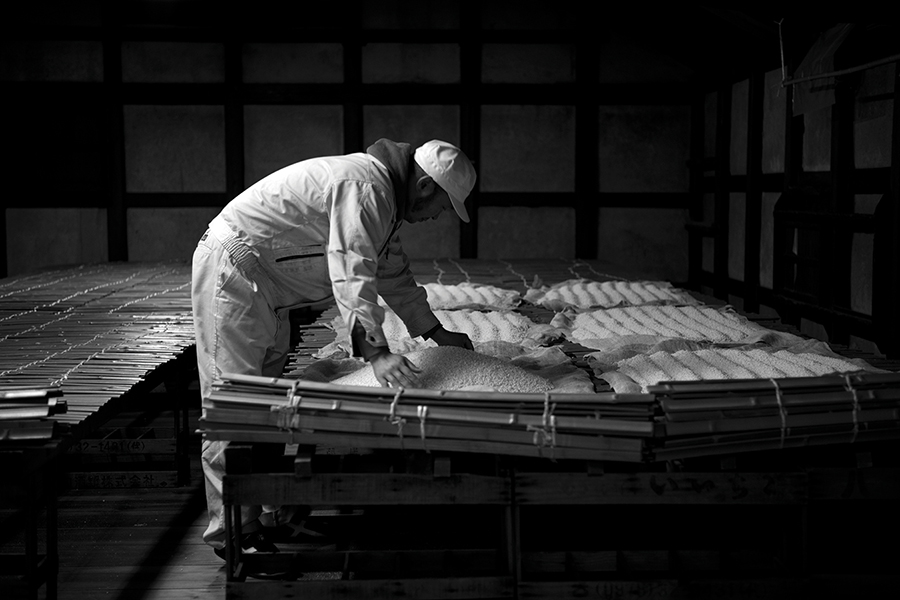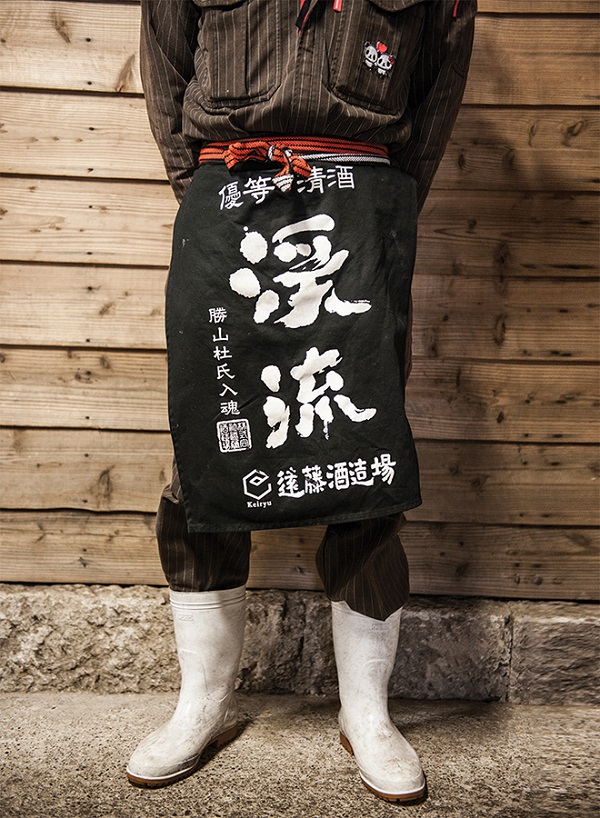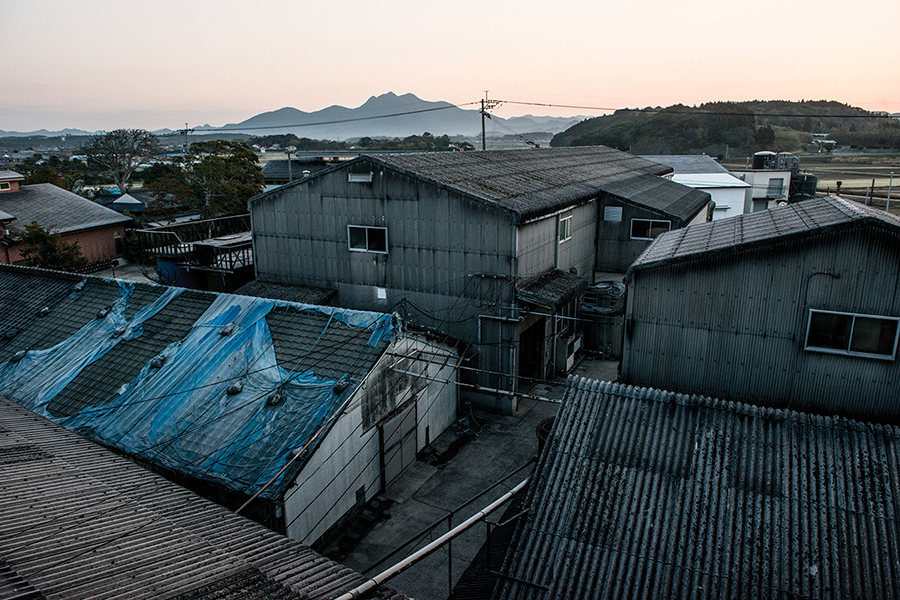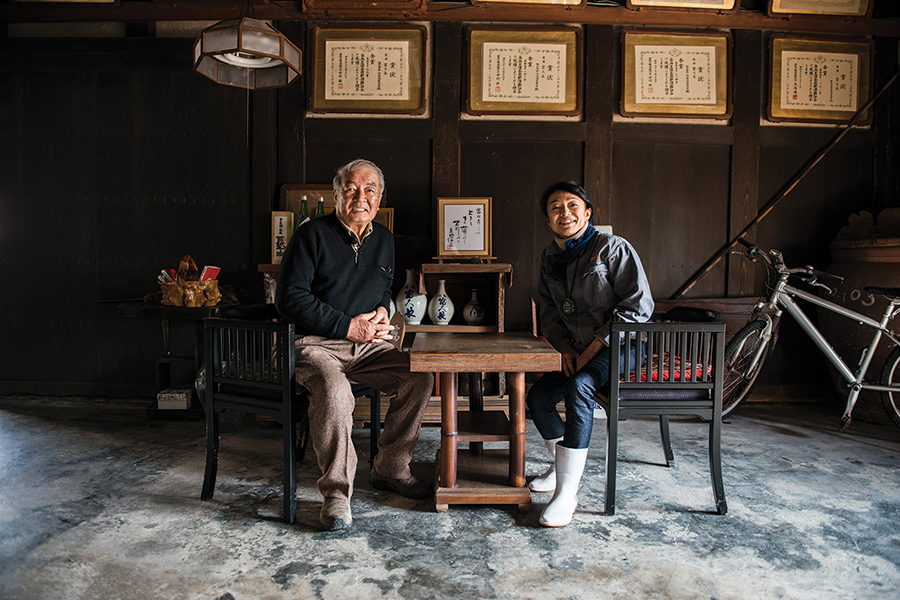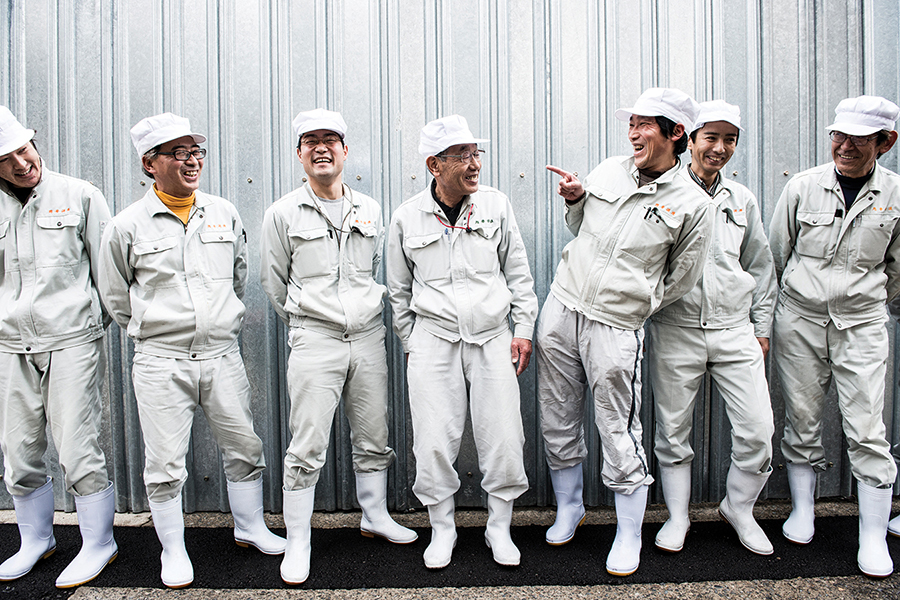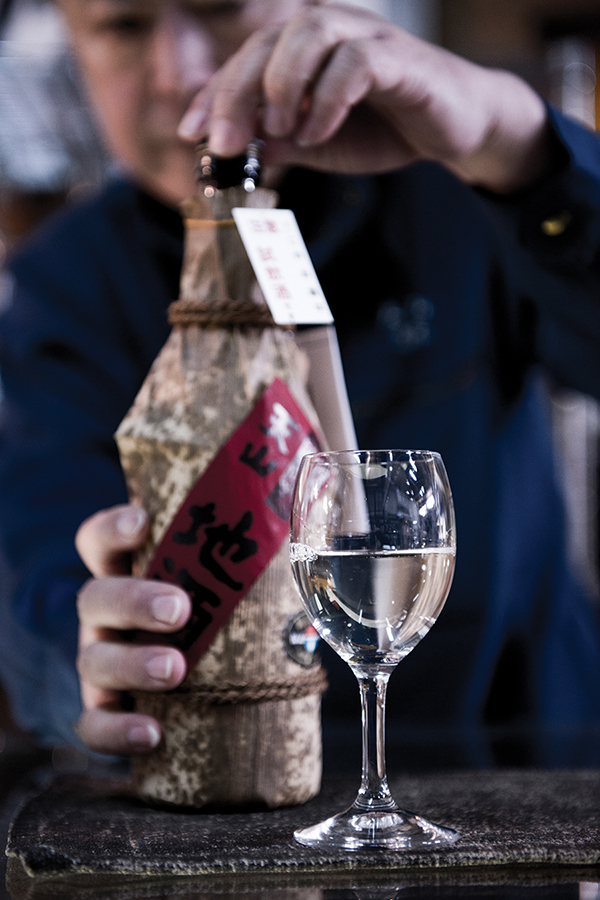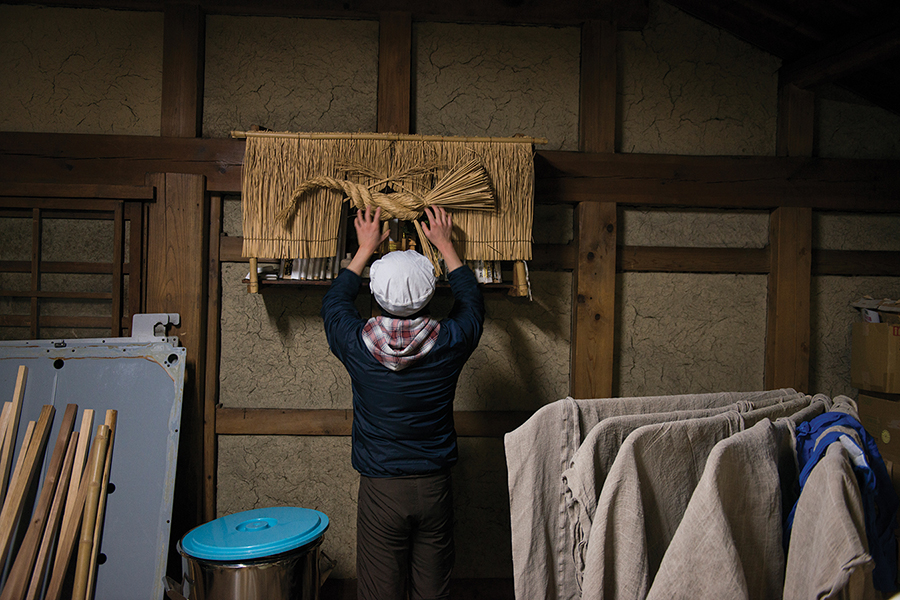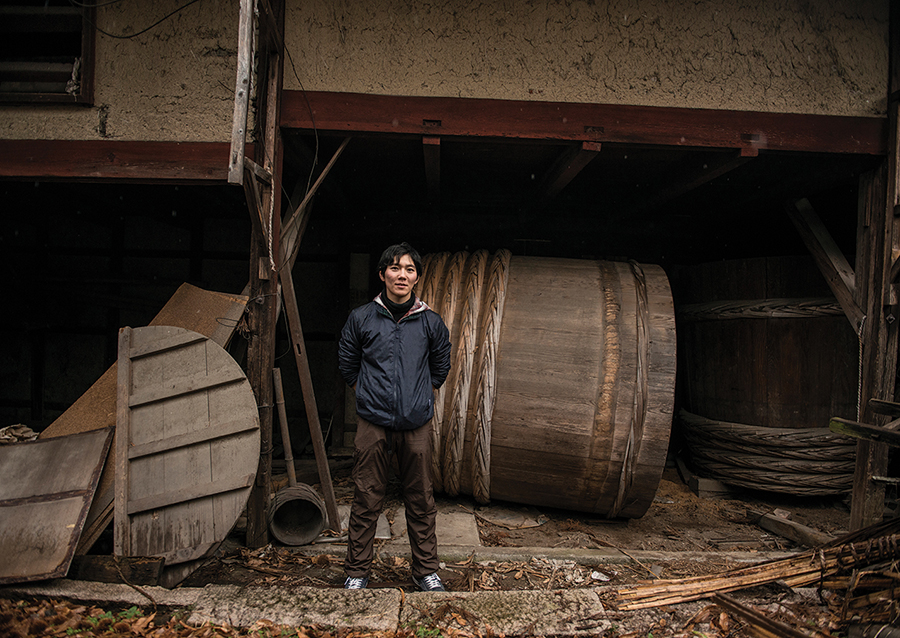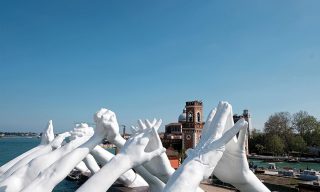A new book provides a rare glimpse into the artisanal world of Japan’s national drink.
By David Tse
With a history stretching back at least as far as the Nara period of the eighth century, Japan’s quintessential rice wine is today a staple of restaurants and bars the world over. Yet sake and its rich artisanal heritage remain a mystery to most outsiders, perhaps because exports are dominated by large-scale commercial producers rather than the smaller, typically family-run breweries (kura) that safeguard the ancient sake-brewing techniques handed down from one generation to the next. Opening a window onto this world is Sake: The History, Craft and Beauty of Artisanal Japanese Breweries (Gatehouse Publishing), a fascinating new book by sake expert Hayato Hishinuma, Hong Kong–based sommelier Elliot Faber (who curated the project), and photographer Jason Michael Lang, a longtime contributor to the pages of this magazine. After visiting 60 small-batch breweries across Japan, the three have compiled an intimate and beautifully illustrated account of the owners and brewers behind the country’s most unique generational sakes, documenting both their stories and the time-honored brewing methods they employ.
Profiled across the book’s 176 pages are a diverse range of operations, including one of Japan’s oldest and smallest breweries, Tomita Shuzou, founded in the 1540s in the small town of Kinomoto; and Imada, which has been producing handcrafted sake in Hiroshima since 1868. Lang and Hishinuma also introduce readers to 10 shochu distilleries and five awamori distilleries, liquors that are close relatives of sake.
“Sake has always been a bit of a mystery to me and, though I have always enjoyed the drink immensely, until recently I knew almost nothing about its history or its provenance,” says Lang. “But that all changed earlier this year when I traveled across the entire country, from the subtropical shores of Okinawa in the far south to the snow-dusted hills of Hokkaido in the far north, to visit the nation’s top sake breweries and distilleries. As it turns out, sake can be as subtle and nuanced as the finest European wines, and brewing it is a true art form.”
This article originally appeared in the October/November print issue of DestinAsian magazine (“The Story of Sake”)

